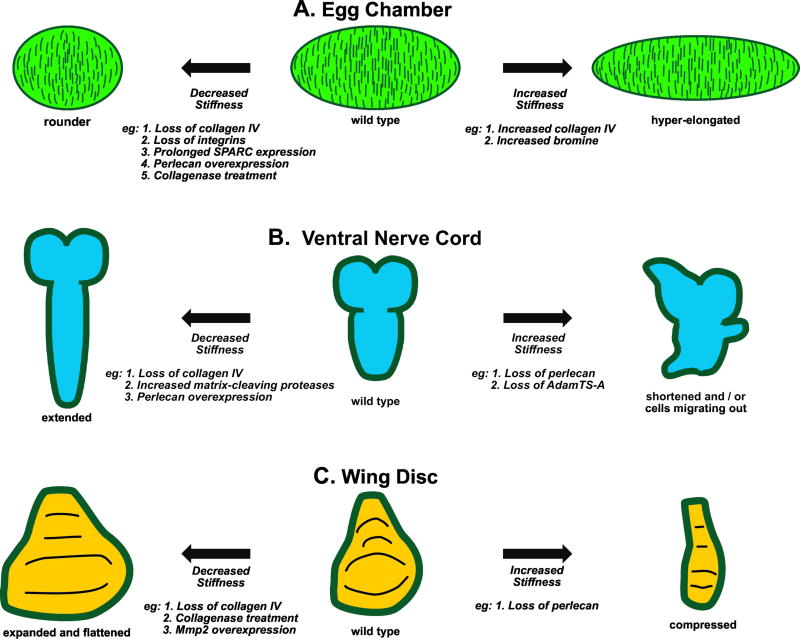Figure 2. Basement membrane stiffness alters organ shape.
All Drosophila organs are surrounded by a continuous sheet of basement membrane.
A) The basement membrane surrounding wild-type developing egg chambers does not have uniform stiffness, but rather is more stiff in the middle and less stiff toward the poles. Perturbations that decrease the stiffness lead to rounded egg chambers, whereas those that increase the stiffness leads to hyper-elongated egg chambers. See text for details.
B) The larval central nervous system is composed of two brain lobes (top) and an elongated ventral nerve cord. Perturbations that soften the basement membrane allow hyper-elongation of the ventral nerve cord, whereas those that generate stiffer basement membrane result in compaction of the ventral nerve cord and mobilize neural progenitor cells to migrate out of the central nervous system, as described in the text.
C) The larval wing disc is the precursor of adult wing and notum tissues, and it has a characteristic shape. Softer basement membrane allows the wing disc to expand and flatten, whereas stiffer basement membrane compresses it, as described in the text.

